|
HOME: www.hiltonpond.org |
|||
THIS WEEK at HILTON POND Subscribe for free to our award-winning nature newsletter (Back to Preceding Week; on to Next Week) |
Come be part of a real citizen-science project. |
TOO MANY HUMMINGBIRDS TO WRITE! August is always one of our busiest months of the year for Hilton Pond Center, primarily because of Ruby-throated Hummingbirds. It's the month when we offer our "Hummingbird Mornings" banding demonstrations across the eastern U.S. and host numerous groups at the Center for hummer banding demonstrations. These events occur in August because that's when ruby-throat numbers begin to grow almost exponentially as some local adult males are already preparing to head south, other RTHU are immigrating from elsewhere, and this year's early (and most recent) fledglings are out and about. All this activity--both human and avian--left us little time at the computer for anything but data entry, so this installment is mostly a chronological overview of some Hilton Pond happenings during August.
All text, maps, charts & photos © Hilton Pond Center 1 AUGUST We frequently get questions from folks wondering how well Ruby-throated Hummingbirds are doing year-to-year. Well, if it's any indication, just before sunset on the last day of July we banded Hilton Pond Center's 100th Ruby-throated Hummingbird of 2016 (an immature female, above, with faintly streaked throat)--four days earlier than we've ever had that many. Thus, we started August in position to reach excellent annual numbers. In comparison, by the end of July last year--which ended with our highest total ever (246 RTHU banded--we had caught only 64 new hummers. (We should point out, however, none were captured in July 2015 while the resident bird bander was recuperating from those notorious double knee replacements.) What's curious about the current year is the relative scarcity of adult males (only 12 through July, compared to a record total of 60 by season's end in 2015), and a below-average 28 females. (Add to that returns of 13 adult males and 24 adult females from previous years.) It may be that good ruby-throat numbers so far in 2016 at the Center are because those adults that are present have had a good breeding season. All text, maps, charts & photos © Hilton Pond Center
All text, maps, charts & photos © Hilton Pond Center 6 AUGUST 'Way back in 2008, Liz Schmid--owner of the Wild Birds Unlimited franchise in High Point NC--signed up for our Operation RubyThroat expedition to Guanacaste Province, Costa Rica. Since then, we've become good friends with Liz and her store has sponsored our "Hummingbird Mornings" events five times--the most recent on 6 August at High Point's Festival Park (above). There, on the banks of Oak Hollow Lake, we offered two 90-minute hummer banding sessions to overflow crowds of 100 people each. (NOTE: If you're interested in sponsoring one of our hummingbird banding demonstrations any time from late July through early September 2017, please send an e-mail to EDUCATION. Proceeds from these events help underwrite Hilton Pond Center's hummingbird research, education, and conservation initiatives.) All text, maps, charts & photos © Hilton Pond Center 9 AUGUST House Finches (HOFI) have been especially prolific this spring and early summer around Hilton Pond Center. Winter numbers were down, but what HOFI were here produced a bumper crop of offspring, with first fledglings showing up at our feeders as early as 28 Apr 2016. Youngsters that have flocked in have been remarkably healthy--until 9 August when we caught our first two HOFI with mycoplasmal conjunctivitis (see photo below). This highly contagious disease is caused by a parasitic bacterium that also produces chronic respiratory disease and sinusitis in pigeons and domestic fowl.
All text, maps, charts & photos © Hilton Pond Center Mycoplasmal conjunctivitis is first noticed in the eyes of birds, where it affects the conjunctiva--the membrane that lines the eyelid and doubles back over the white of the eye. Once infected, the conjunctiva reddens and swells, occasionally causing blindness in the host. Some birds survive the onslaught, while others develop pulmonary problems, weaken, and die. We have seen the disease most often in winter when House Finches and their relatives come to feeders in great numbers. The denser the population, the greater the opportunity to spread the contagion. With so many young HOFI fledging this year we're not surprised to see conjunctivitis popping up so early in the season. (We speculate nestling House Finches get the disease from parents that may have managed to survive conjunctivitis--only to become carriers of the bacterium.)
Eastern House Finches--whose populations literally exploded in the late 1980s before collapsing in the 1990s due to the disease--have begun developing some immunity to mycoplasmal conjunctivitis, so massive epidemics may not occur again. In any case, don't be surprised to see infected HOFI at your feeders this summer, fall, and winter. If you do, please follow the suggestions in the preceding paragraph. All text, maps, charts & photos © Hilton Pond Center
All text, maps, charts & photos © Hilton Pond Center 13 AUGUST On 13 August we were in Fayette County WV for our sixth "Hummingbird Mornings" for the New River Hummingbird Festival (above), held again this year at Honeysuckle Hill Gardens near Oak Hill. Nearly 100 hummingbird enthusiasts came out to learn about our hummingbird research and how to attract hummers to their own backyards.
All text, maps, charts & photos © Hilton Pond Center Terri Johnson, Master Gardener and owner of Honeysuckle Hill Gardens, offered a tour of the facility and pointed out plants particularly useful to hummingbirds. One of her volunteers, Caylin Atkins (above) of Oak Hill got to hold and release a hummer after banding, exhorting it to fly first to Hilton Pond Center and then to one of our Operation RubyThroat study sites in Central America. All text, maps, charts & photos © Hilton Pond Center 20-21 AUGUST The third weekend in August we were busy at Hilton Pond Center hosting two groups for Guided Field Trips and hummingbird banding workshops. On Saturday 16 folks came with Katawba Valley Land Trust from Lancaster SC. Member Doug Barnes shared numerous photos he took, a few of which are included below.
All text, maps, charts & photos © Hilton Pond Center During orientation we always talk about the importance of habitat if one wants to attract birds. Of interest is how the 11 acres at Hilton Pond Center have undergone natural succession in 35 years, reverting from grassy farmland to mixed woodland.
All text, maps, charts & photos © Hilton Pond Center During our banding sessions folks are always interested in the different sizes of bird bands. The photo above shows a 7B lock-on band (for owls and hawks), a 1B band (House Finches), and a much-smaller Ruby-throated Hummingbird band (size X).
All text, maps, charts & photos © Hilton Pond Center Doug Barnes thought comparing a sheet of 100 hummingbird bands to a one dollar bill might help explain how small these specialized bands really are. They come photoengraved on a sheet of aluminum so thin the bands can be cut out with a pair of household scissors, after which the quarter-inch long metal strip is formed into a standard round ring.
All text, maps, charts & photos © Hilton Pond Center A band on the hummingbird's leg (above) shows how small the band is when applied to the bird. In this photo, the hummer is being lightly restrained in a paper tube to allow for weighing, measuring, and banding.
All text, maps, charts & photos © Hilton Pond Center Doug's most impressive photo was of a diaper pin (above) on which two hummer bands were stored. The Carpenter Ant that strolled by gave a humorous but very accurate sense of scale that really drives home the minute size of a hummingbird band.
The following day we hosted another 15 enthusiasts, this time from the Greenville County (SC) Bird Club; they, too, got to watch the hummingbird banding process and to release hummers back into the wild. If you're interested in booking your own visit, Hilton Pond Center is open only by appointment; please see the info under Guided Field Trips. (Trips usually include a bird banding component. Again, per-person fees help support the Center's interconnected education, research, and conservation projects.) All text, maps, charts & photos © Hilton Pond Center
All text, maps, charts & photos © Hilton Pond Center 22 AUGUST Never trust a person to lazy to get up for sunrise or too busy to watch the sunset. --Bill Hilton Jr. Hilton Pond Center's best sunset so far this summer (above) was on 22 August. Well worth watching, and free to all. All text, maps, charts & photos © Hilton Pond Center 25 AUGUST For the past six years, Hilton Pond Center's automated Personal Weather Station (PWS) has been submitting data electronically to Weather Underground, a widely used commercial source of local weather information. The network includes more than 100,000 PWS reporters, so we were elated when Weather Underground chose to spotlight Hilton Pond and how we use weather data in our natural history research, conservation, and education projects. The full write-up is at Featured PWS Owner.
All text, maps, charts & photos © Hilton Pond Center Hilton Pond weather data (above) shared with Weather Underground are collected by a Davis VantageVue station that continuously monitors temperature (including high and low), dew point, wind speed and direction, precipitation rate and accumulation, and atmospheric pressure. Data are uploaded at 60-second intervals via WeatherSnoop for Mac, along with a real-time west-facing Web cam image of Hilton Pond. Weather Underground logs each day's data as they are received and displays everything on a graph that allows for easy interpretation. Our accessible on-line records go back to 28 June 2011, enabling anyone to look for trends in local weather. Add the link above to your browser bookmarks and you'll always know what the weather is doing at Hilton Pond Center! All text, maps, charts & photos © Hilton Pond Center 28 AUGUST Seven Ruby-throated Hummingbirds banded on 28 August brought the season total to 204 at Hilton Pond Center--just the ninth time to reach 200 in 33 years of research. The earliest we've reached 204 was 9 September last year when we set our local record of 246 RTHU banded. All text, maps, charts & photos © Hilton Pond Center 29 AUGUST We tallied species #62 for Hilton Pond Center's 2016 "Yard List" on the morning of 29 August when a Great Egret sailed in and began stalking fish along the water's edge. As we went out to photograph this uncommon visitor it took off and landed about 35 feet above the pond in a big Loblolly Pine (below); the egret stayed there for several minutes, preening and looking about.
All text, maps, charts & photos © Hilton Pond Center Since 1982 this is one of four white ardeids we've seen locally (the heron/egret family is Ardeidae): Snowy Egret (black bill and yellow feet); Cattle Egret (orangey legs and short pale bill); immature Little Blue Heron (dark legs and dark-tipped bluish bill); and today's Great Egret (black legs and bright yellow bill). On Hilton Pond we've also seen immature and adult White Ibis with their pinkish legs and decurved mandibles, but ibises are in a different family (Threskiornithidae). All text, maps, charts & photos © Hilton Pond Center 31 AUGUST By day's end on the last day of August 2016 we had banded 210 Ruby-throated Hummingbirds, putting us ten days ahead of last year's record-breaking pace. The first two weeks of September always bring lots of RTHU to Hilton Pond Center, so we can't wait to see how our numbers look by the middle of next month. We're guessing that 250 tally is well within reach. All text, maps, charts & photos © Hilton Pond Center 
Checks can be sent to Hilton Pond Center at: All contributions are tax-deductible on your |
|---|
|
"This Week at Hilton Pond" is written and photographed by Bill Hilton Jr., executive director of Hilton Pond Center for Piedmont Natural History
|
|
|
Please refer "This Week at Hilton Pond" to others by clicking on this button: |
Comments or questions about this week's installment? Send an E-mail to INFO. (Be sure to scroll down for a tally of birds banded/recaptured during the period, plus other nature notes.) |

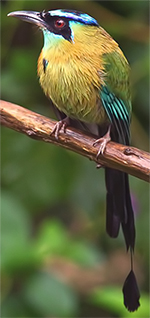 WHEN IT'S DREARY & COLD
WHEN IT'S DREARY & COLD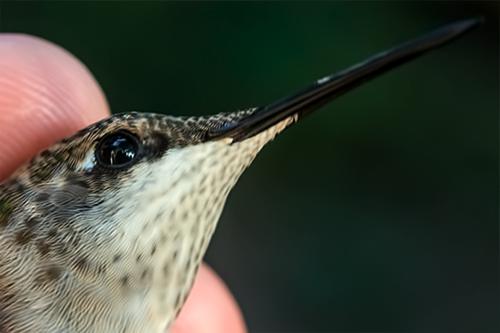
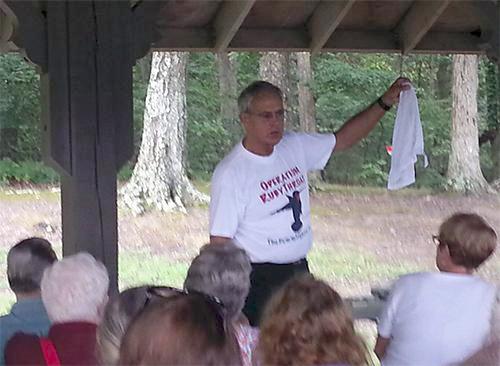
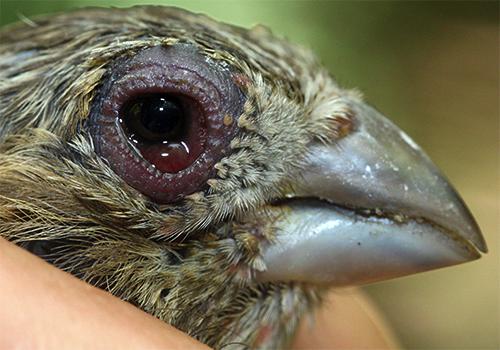
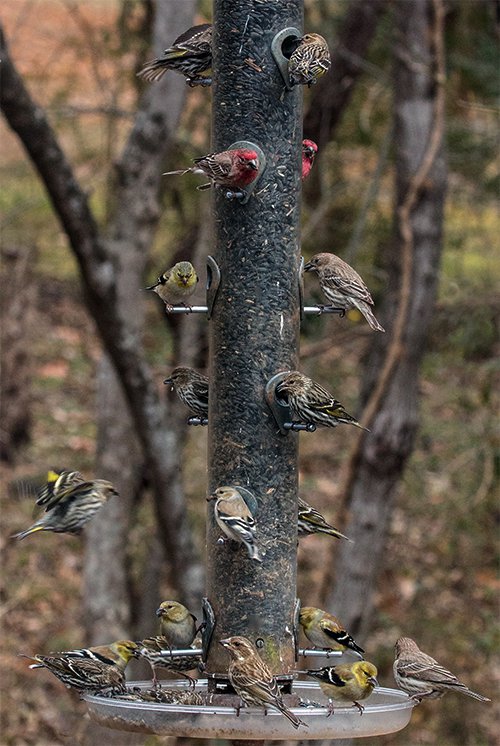 One solution to the problem is to stop feeding wild birds for a while, letting them forage on seeds, berries, and insects abundant in nature at this time of year. Another is to double down on feeder cleaning, making sure to sanitize feeders twice a week with a bleach solution. If you get sick finches at your feeding station, you might want to stop using tube-style feeders
One solution to the problem is to stop feeding wild birds for a while, letting them forage on seeds, berries, and insects abundant in nature at this time of year. Another is to double down on feeder cleaning, making sure to sanitize feeders twice a week with a bleach solution. If you get sick finches at your feeding station, you might want to stop using tube-style feeders 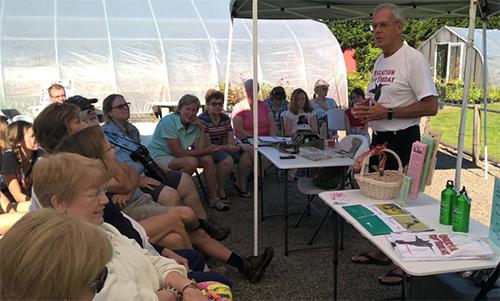





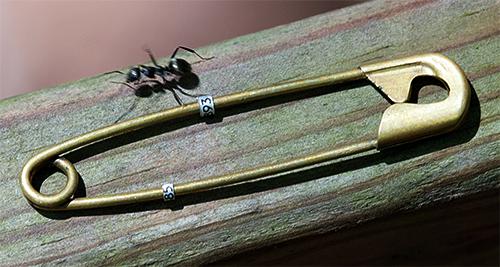
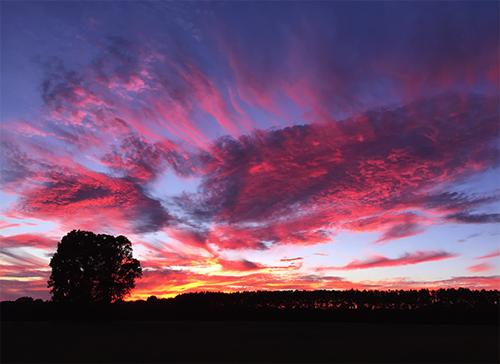

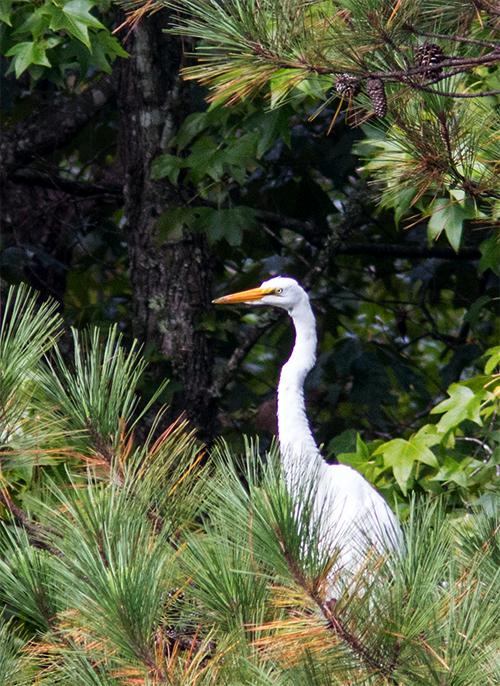








 Please report your spring, summer &
Please report your spring, summer &